Frenemies, we’ve all had at least one as women. Yet why is the frenemies archetype so ubiquitous among women?
Recently on TikTok and other social media platforms, there have been several women talking about the “cannon event” of having a best friend who is obsessed with you. Yet, from a psychological perspective, that is only half of the story. Moreover, I would often argue that these women often paint themselves in the “victim” position without realizing their part in this dynamic. Or that is reflective of a larger pattern among women…the roles we get placed into. The Goddess and the Witch.
Why do the Goddess and the Witch seek out each other?
A general rule I like to tell clients is that everything in life, including humans, wants to seek harmony and balance. We often get told early on in our development as women which category we fall into. The Goddess or the Witch. Or rather, are you the “Hot Friend” or the “Mom Friend/DUFF”. These roles are not only harmful to our own self-concept, but they often pit women against one another. Causing these two archetypes to often seek out one another, because they embody something the other lacks, thus subconsciously these two create a karmic-like dynamic as they try to integrate aspects of the other.
Now, of course, this often happens on a subconscious level, which I dive into more on this week’s podcast episode. But in summary, we seek out the role we have not been able to embody for ourselves (whether that is the Goddess or the Witch) in subconscious ways to facilitate our own process of individuation (or self-actualization).
Let’s look at a cinematic examples of this:
Mean Girls (2004)
The iconic cult classic Mean Girls (Directed by Tina Fey) perfectly represents the classic “frenemies” dynamic and how the light feminine and dark feminine are often drawn towards one another. Regina George is the Goddess, the light feminine – she upholds all the standards women are taught to embody in order to get approval from men and the world. She knows it and she uses it to belittle other women and to hold power over them. Like she did to her former friend…her frenemy Janis. Whom she accused of being “in love with her,” perhaps a projection of her own fantasy and need for approval?
On the opposite end, Janis Ian is everything women are told not to be. Loud, argumentative, bold, she dresses not for the male gaze, but for her own comfort. She is the dark feminine, and she is raw and authentic. She owns her humaneness – everything Regina is not, because she is trying to be plastic. She is the one who wants to tear Regina down and expose her fake facade.
Enter Cady Heron (a take on the word “Heroine”), the literal heroine of the movie. From a psychological perspective, Cady must learn how to reconcile her own dark and light feminine qualities, represented by her relationships with Janis and Regina. Thus, they represent to her from a depth feminist psychological perspective both her Witch and Goddess aspects.
Cady played by Lindsay Lohan
Wicked (2024)
In both the musical and the movie Wicked, we also see these archetypes, but without the middle woman. Elphaba the Wicked Witch of the West is an outsider, a misfit and is "not pretty" by conventional standards. On the other hand, Glinda represents the Goddess, she is the social queen. Bubbly, adored, and ultra-privileged. These former enemies form an unexpected friendship, have caused some viewers to suspect if there is queer undertones between them. Which while homoromantic attraction can be possible in these friendship dynamics, it is not always the case, and from a depth psychological perspective, what it may reveal is the urge to merge with the other.
In other words, Elphaba and Glinda are drawn together because they both need to integrate the opposite quality they project onto the other.
Kristin Chenoweth as Glinda and Idina Menzel as Elphaba in the original Broadway cast.
Glinda needs to be comfortable becoming more “witchy” and speaking up for herself instead of seeking external validation. On the other hand, Elphaba needs to learn how to integrate her goddess aspect, own her worth, and how to accept help from others.
Thus while their relationship can reflect queer dynamics between women, (which we will discuss one another episode), I would argue that this storyline and the frenemy dynamic is less about love and more about possession and the the need for us integrate our unrecognized aspects, rather than true intimacy or connection.
Because just as men tend to project their Madonna-Whore fantasy onto women, so too do women often project the qualities they reject within themselves onto other women. So perhaps in some ways the homoromantic undertones, while possible in female friendships, might also reflect a desire to become whole with the part of themselves that has been missing. Just as men are seeking to reclaim their anima, or feminine aspect, through their projection of the Madonna and the Whore archetypes.
Thus, the only way we can learn how to break free of these toxic and karmic patterns is to learn how to embrace both our light and dark feminine within us, so that we can learn how to embrace and accept it in other women. Which, at the end of the day, is true love, friendship, and companionship, no matter what type of relationship you are in.
OX,
Your Dark Fairy Godmother
Want to learn how to reconcile your inner Regina/Glinda and Janis/Elphaba? Check out the Goddess-Witch Spectrum(TM) course!

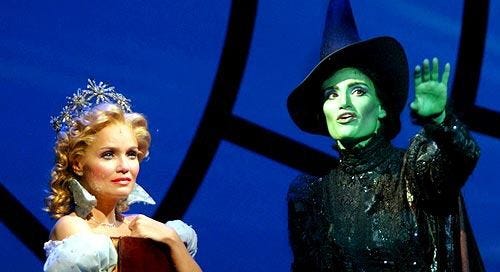




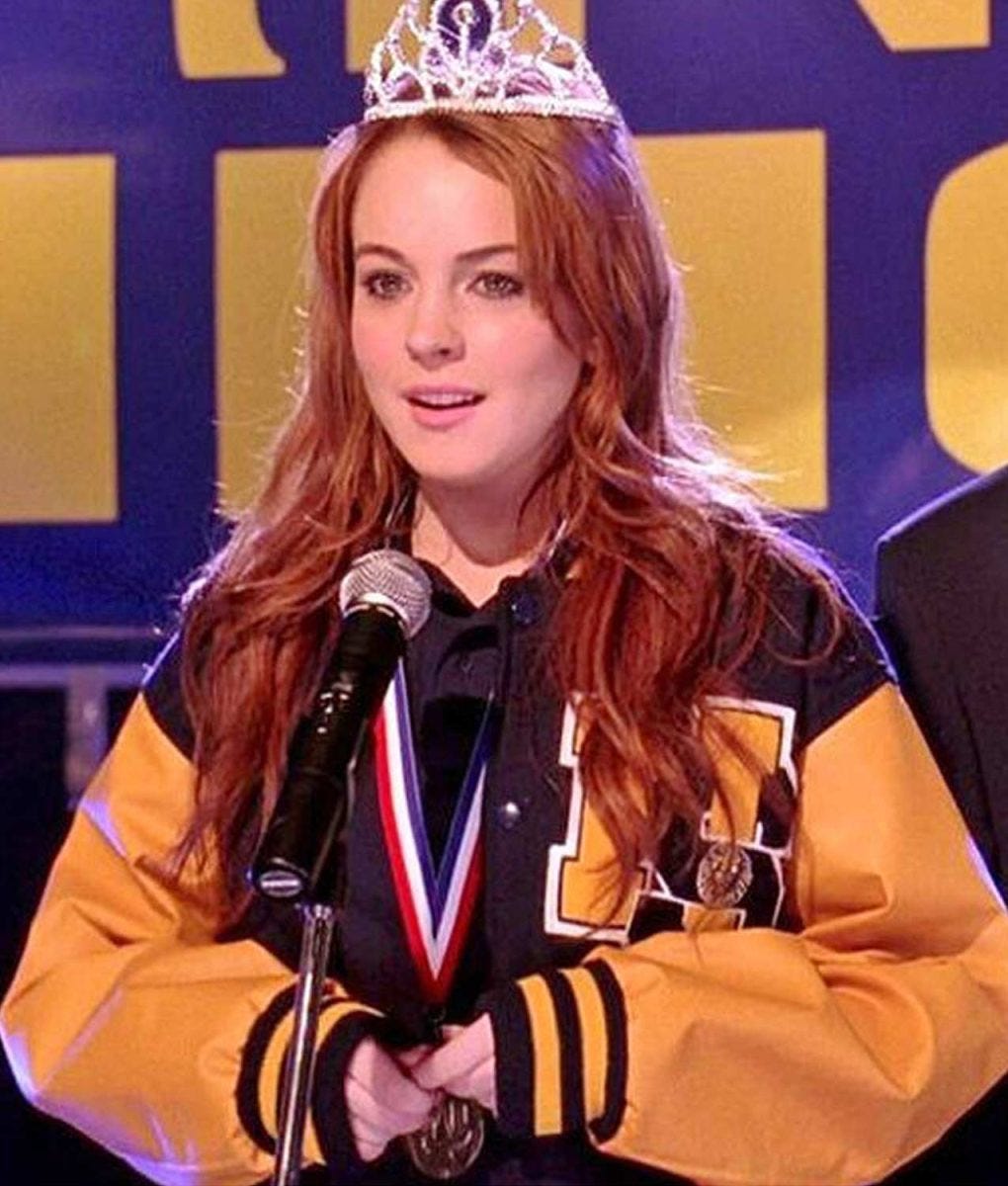

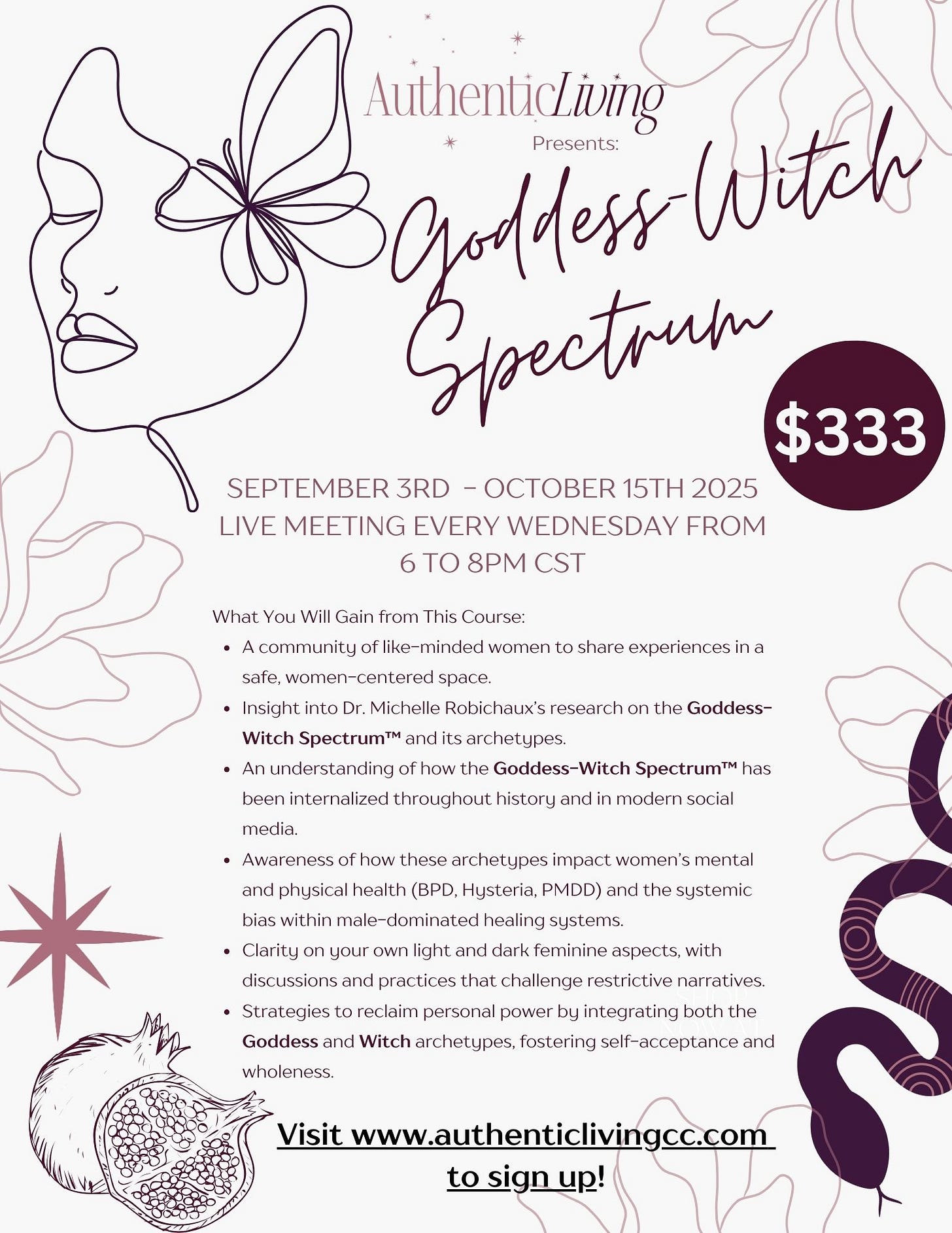





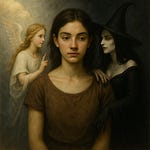
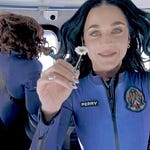

Share this post